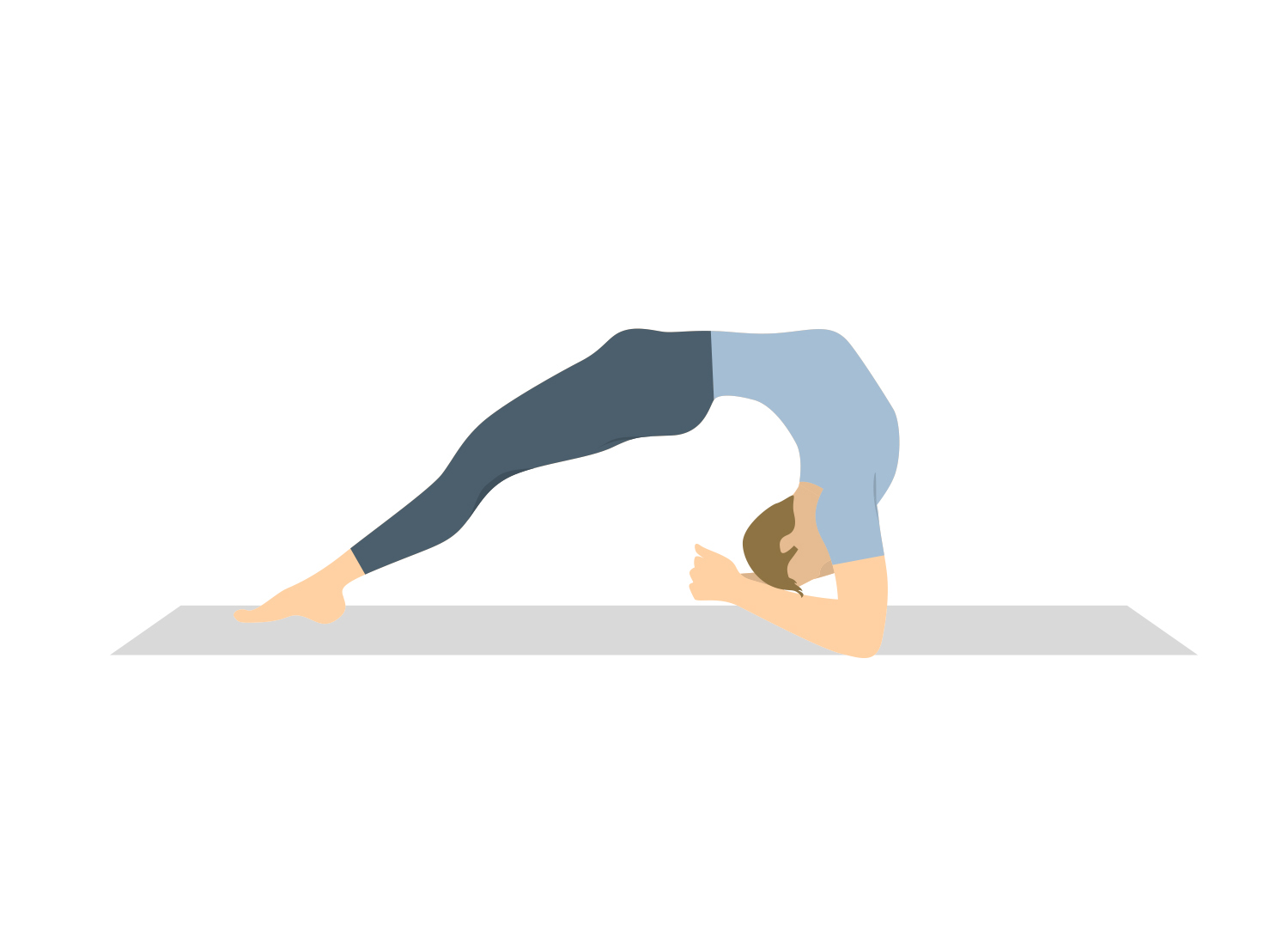Technique
The word ‘matsya’ in Sanskrit means fish. The body body resembles a fish in this posture. It should be practiced after Sarvangasana, because it is a counter pose of Sarvangasana.
Lie down on your back. Do Padmasana while lying down. Let the knees remain on the ground. Raise your head, making an arc with the chest . Now place the middle of your head on the ground and look backward. In this position, a sort of bridge will be created between your head and waist, with your chest rising up. Now grass the toes of your feet with your hands, resting your elbows on the ground. Inhale. Stretch your limbs fully. Stay in this position for sometime. Now leave your toes, put your elbows on the ground and with their support raise the upper portion of the body. Stay in this position, move your neck from left to right, right or left, clockwise and anti-clockwise. Come back slowly, open your padmasana and relax in Shavasana.
Advantages
This asana relieves the stiffness caused in the neck because of Sarvangasana. It invigorates pituitary gland, whick keeps the development of the body balanced. The neck, face, lungs and heart get nourishment. The muscles of the waist and abdomen get exercise; constipation is removed.

